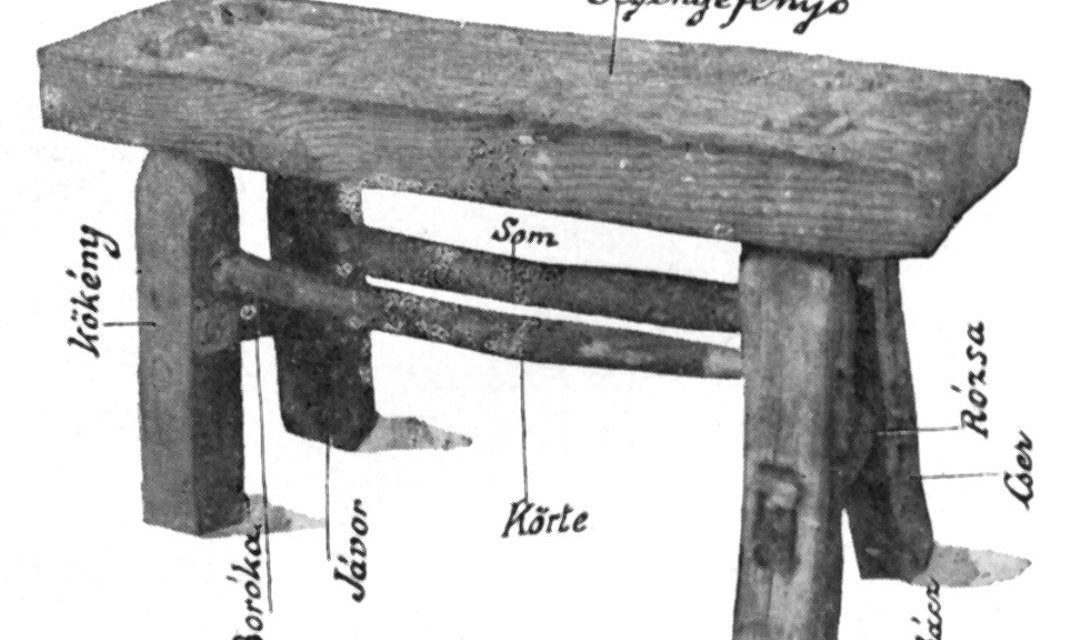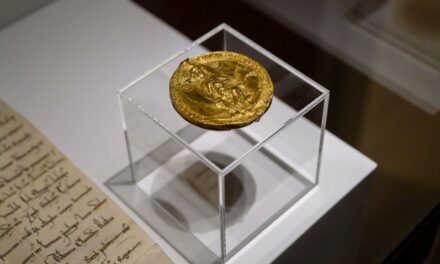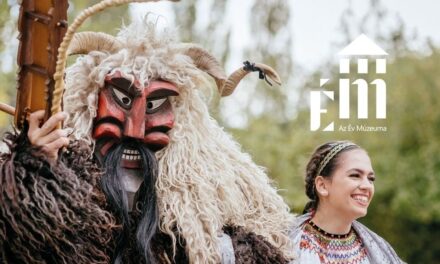We talked with Erika Vass, the ethnographer of the Szabadtér Ethnographic Museum in Szentendre, about the traditions and customs of St. Luke's Day.
- Many folk customs belong to Luca's day. Why have so many traditions developed around a single saint's holiday?
- Luke's day is on December 13. These many folk customs were connected to this day because before the introduction of the calendar reform, i.e. the Gregorian calendar (which happened in several places in Europe in 1582, in Hungary in 1587), the winter solstice fell on this day. In other words, it was the darkest day of the year, when the night lasted the longest. Therefore, on this day, people tried to drive away the darkness and influence the course of the following year. This is where, for example, the various Luca Day predictions come from: to promote a good harvest next year or for girls to predict who their future spouse will be, but there were also meteorological forecasting practices for the next year. But the fear of witches can also be linked to darkness.
"So these traditions have nothing to do with St. Luke?"
– The person of St. Luke in Hungary and in Hungarian traditions does not receive as much attention as in Italy. The young virgin martyr Saint Lucia lived in Sicily at the very end of the 3rd century AD. Luca was a pagan girl who was engaged to a young man when she converted to Christianity. She then decided that she did not want to marry her fiancé and told him that she was betrothed to Christ. The man became terribly angry and denounced his fiancee, who was then tortured. Some believe that Luca blinded himself with his own hands, as his fiancé thought his eyes were the most beautiful. With this, he also indicated his commitment to the Lord. St. Luke is therefore the patron saint of the blind, as well as of young girls who try to find out who their future spouse will be on Luke's day.
"Would you tell me about some St. Luke's Day traditions?"
"Yes, I'll start right away with these predictions." The young girls had several practices to predict the name of their future husband on St. Luke's Day. One such tradition is making dumplings. The girls cooked dumplings, put a tag in each dumpling with a boy's name on it. The first dumpling to rise to the top of the water during cooking was believed to be the name of their future child. Another custom is very similar to this: men's names were also written on different tags. One of the folded notes was thrown away every day. The one left over for Christmas will be the name of their husband.
But other types of predictions are also associated with this day.
As I said before, before the calendar reform, the winter equinox fell on this day, so many predictions for the coming year were made. So, for example, they tried to infer death by baking scones, one for each person present. Before baking, a bird feather was inserted into the scones. It was believed that the first person whose feather was scorched would be the first to die. More mundane predictions were also made, for example regarding the next year's harvest. Such is the planting of Luca wheat, which many people do to this day. Luca wheat must be planted on December 13th and grown until Christmas. And on Christmas Eve, this is also put on the festive table, and the quality and size of the wheat shows what the next year's crop will be like. Luca wheat used to be given to hens after Epiphany. Let's not forget that
St. Luke's Day is exactly 12 days before Christmas, so there are many weather forecasting traditions that last from St. Luke's Day to Christmas.
The simplest form of the "Luca calendar" is that starting from December 13 until Christmas, the weather was observed every day. Each day corresponded to a month, so the weather on the 13th was expected in January, the weather on the 14th, February and so on. According to another custom, you have to put salt in 12 onion skins, and depending on how wet the salt gets, it becomes clear how rainy the month corresponding to the given onion skin will be.
- The carving of the Luca chair was the same, it lasted from St. Luca's Day to Christmas. What exactly is this tradition about?
– The Luca chair was made by men who started carving the chair on December 13th and worked a little on it every day until Christmas. The chair was made of nine or thirteen types of wood, and there were also three- and four-legged versions. The completed chair was smuggled by the Catholic men to the Christmas Eve midnight mass, where they could see the witches by standing on the chair. According to the legend, the horns of the witches are visible at this time, or they can be recognized from the fact that they stand with their backs to the altar during the presentation. Then, on the way home, the lads had to scatter poppies on the road so that the witches could not catch up with them, because they were picking the poppies from the ground. As soon as they got home, the chair had to be burned immediately. That is why such a chair did not really survive for posterity.
The oldest lucaszék dates back to 1868, from the Vál settlement in Fejér County. This chair was also preserved only because the parish priest confiscated it from the young man who wanted to hunt down the witches. This Lucaszék remains in the collection of the Museum of Ethnography in Budapest.
The Reformed people were not left out of the tradition either, instead of the midnight mass, they could stand at a crossroads to watch the witches with their chairs.
Ildikó Ungvári / vasarnap.hu
Featured Image: Facebook













